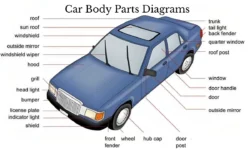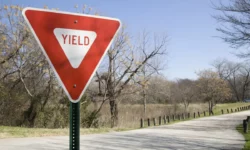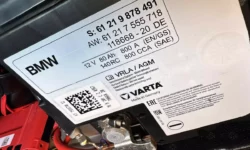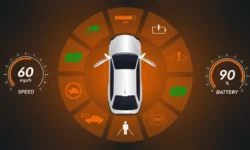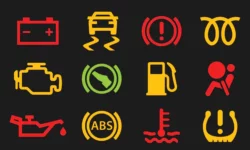A dead battery is one of the most common causes of cars not starting so how do you keep it in tip-top condition, and if it does let you down, how long does it take to charge a car battery, which is the best method of recharging it and what are the warning signs that your battery is on its way out?
How long does it take to charge a dead battery?
It can take between an hour and a day to charge a flat car battery depending on what type of battery your car has, and the mode of charging you choose.
Charging a car battery — 4 things to remember
- Charging a regular car battery with a typical charge amp of around 4-8 amperes will take about 10-24 hours to charge it fully.
- To boost your battery enough to be able to start the engine, it would take around 2-4 hours.
- The best way to maintain a long life for your car battery is by recharging it slowly.
- It is possible to recharge your battery more rapidly, but this may damage its long-term performance.
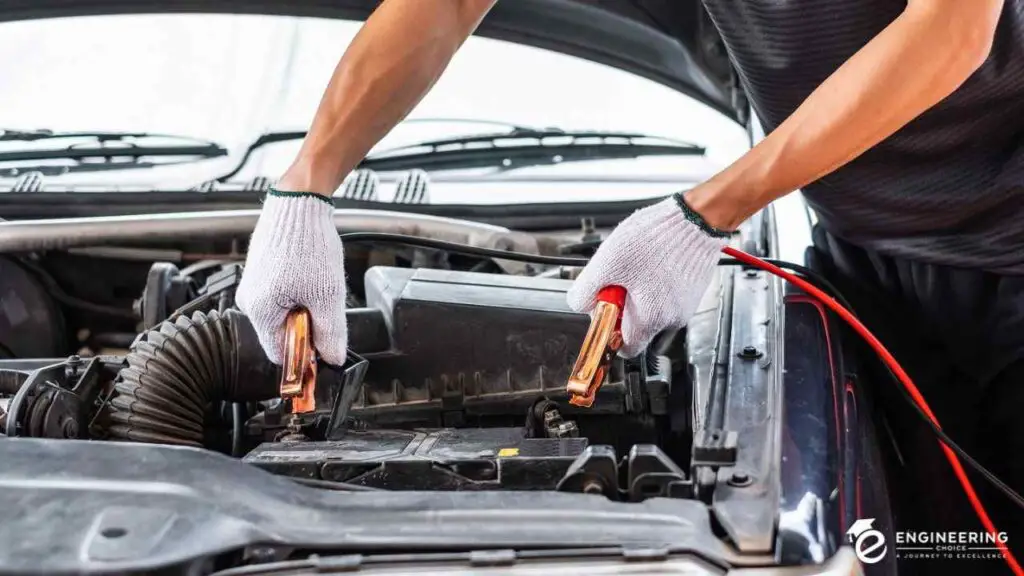
How Many Amps Is Your Battery?
No, we’re not talking about cold-cranking amps here. We’re talking about how long your battery can put out one amp of power without any charging. Most automotive batteries are 48 amps.
While your car doesn’t use an amp per hour, this is still the most effective way to determine how long it will take to charge your battery. That’s because the manufacturers make battery chargers in the same way. It makes answering the question of how long to charge a car battery easy.
If you’re using a 1-amp charger and your battery is completely dead (0 amps), it will take 48 hours. However, if you’re using a 2-amp charger, it will take 24 hours. Each amp that the manufacturer rates the charger for will restore one amp in the battery per hour.
However, it is essential to note that this also depends on the battery. If it has a bad cell or cannot hold a charge due to calcification, you’ll need to have the battery on the charger longer to have any chance of bringing it back.
Which battery charger do I need?
There are three types of battery chargers: linear chargers, multi-stage chargers and trickle chargers.
What is a linear battery charger?
The linear battery charger is the simplest charger you can get. It enables you to recharge your car’s battery via the plug-in at a wall socket.
It requires little set-up and power but the charger operates at a low amperage meaning it can take a long time to charge your battery and, depending on the amperage, it could take up to 12 hours to fully charge the battery.
The linear battery charger runs at a continuous charge and doesn’t have a controller to stop the charging when the battery is at full power so there is always a danger that you may overcharge your battery and damage it.
What is a multi-stage charger?
The multi-stage battery charger works in bursts of power instead of a continuous charge. This is better for the battery cells and prevents long-term damage that can be done by the linear batteries during continuous charging.
The multi-stage chargers work much quicker than the linear charger. A top-of-the-ranger multi-stage charger could recharge your car battery in as little as an hour.
What is a trickle charger?
Trickle chargers operate between 0.8 and 4 amps. They run at a low power output level and are not meant for charging a battery when it goes dead. However, they are useful in preventing the problem if you connect it to the battery when the vehicle isn’t being used.
Classic car owners often leave their car batteries on trickle charge while the vehicle is laid-up over winter.
How Long Does the Alternator Take to Charge a Car Battery?
If you’ve ever had a mechanic jumpstart your car, they’ve probably told you to let it run for a bit before you turn it back off. That’s so the alternator can charge your battery, and you won’t be stuck with a dead battery again as soon as you shut the car off.
But how long is a “bit,” and when is it safe to shut your car off again? The answer to the question of how long to charge a car battery with your car’s alternator isn’t that simple.
It really depends on how hard you’re driving your vehicle. Your alternator is belt-driven, and your engine’s RPM directly controls the speed of the belt.
The faster you drive, the harder your alternator can work. So, if you’re driving down the freeway, your alternator can usually get your battery back to life within 30 minutes, but if your car is just sitting in the driveway, it might take a few hours.
It’s also important to note that your alternator is charging your battery like a 40-amp charger would, which means it’s dumping power into it as fast as it can. While this is effective at charging your battery quickly, it can cause it to wear out sooner.
However, your alternator is like a smart charger. As soon as your battery reaches the correct voltage, it starts dumping the excess voltage to the ground, meaning that you don’t have to worry about your battery getting overcharged!
How Many Volts in a Fully Charged Car Battery?
Most modern vehicles have a 12-volt battery underneath the hood. A 12-volt car battery contains six cells, each of which will contain 2.1 volts of power when fully charged. So, when the engine is off, a car battery is considered fully charged at 12.4 to 12.6 volts.
When your battery’s voltage drops even a small amount it can make a big difference in its overall performance. For instance, a voltage of 12.1 volts means your battery is operating at only 50% of its total charge. Once it drops down to 11.6 volts, the battery is almost completely discharged.
How Much Driving to Fully Charge a Battery?
You need a minimum of 1000 revolutions per minute (RPM) from your engine to generate the power needed to charge your battery. Faster speeds generate more RPMs, so your battery will recharge faster at speeds of 55 MPH or higher.
It takes most vehicles about 30 minutes of driving at highway speeds to fully recharge the battery. Keep in mind that 30 minutes is average. If your battery is severely discharged, it may take even longer to recharge it.
Do Car Batteries Charge While Idling?
A car with an idling engine will still recharge your battery, but at a much lower rate than if you were driving. The reason for this is that modern cars have a lot of additional electronics that use up power. Guess which component is responsible for powering these additional systems? That’s right, it’s your alternator.
If your car is just sitting there idling, it’s not generating a lot of RPMs, meaning it will take your battery much longer to recharge this way. How long? We’re talking for several hours. Your best bet is to just take your car for a spin instead of leaving it idling in your driveway.
How Long Does a Car Battery Last Without Driving?
An idle battery can go from fully charged to completely dead in a little under two months. Your battery will die even faster if it’s older than three years or wasn’t fully charged the last time you drove it. One thing that’s not good for your battery is taking a lot of short driving trips in a row.
There’s nothing wrong with tackling a bunch of errands, but if you’re constantly starting and stopping your engine with only a few minutes of driving in between, it will drain your battery pretty quickly. Try to take a 30-minute drive on the highway at least once a week to give your alternator the time it needs to fully recharge your battery. Find more on why your car battery keeps dying.

